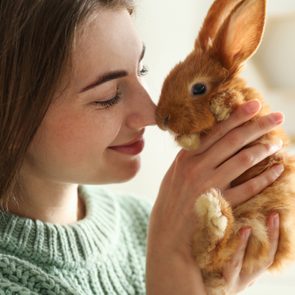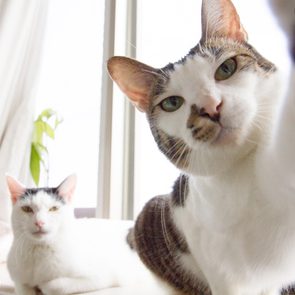What Is the Best House Temperature for Pets?

Do you and your pet fight over the thermostat setting? Find out the best house temperatures for your dogs, cats and other animal companions.
How Does Your Home’s Indoor Temperature Affect Your Pets?
Just like you, your pets become acclimated to the temperature you keep your home in summer and winter. Overweight pets or animals with heavy fur coats might be more bothered by warm indoor temperatures, and small, short-haired or hairless breeds will be colder in the winter. But for the most part, if you’re comfortable, your pet is comfortable.
Things are a little more complicated if you raise or lower the thermostat when you’re not at home, as many of us do to save money. While keeping your house 10 degrees warmer or cooler during the day might save on your utility bill, your pets may suffer as a result.
An overheated dog or cat can suffer from heat exhaustion and possibly even die of heatstroke. Indoor temperatures will rarely dip low enough to be fatal to a cat or dog. But cold temps can make your pet uncomfortable, stressed or lethargic.
Let’s take a look at safe temperature ranges for dogs, cats and other pets. (While you’re at it, this is the best temperature to set everything in your home to.)
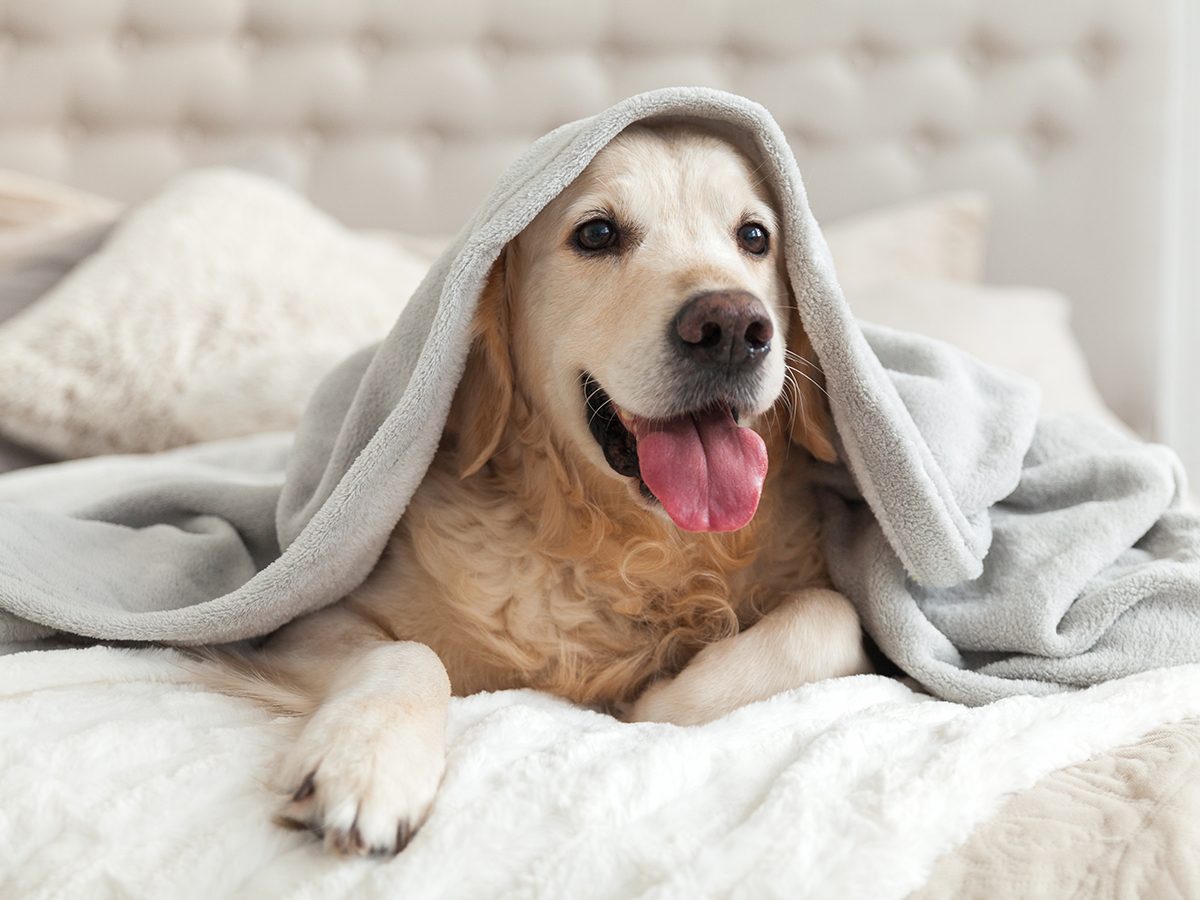
Best House Temperatures for Dogs
Indoor temperatures in the summer should be what you’re probably used to—between 23 degrees C and 25 C. When you leave the house never set the thermostat higher than 27 degrees, and always provide lots of fresh water for your dog. Dogs with heavy coats also appreciate access to a cool tile or cement floor. (These are the most popular dog breeds in Canada.)
In the winter, 20 C to 22 C is comfortable for you and your dog. Don’t set the thermostat lower than 15 C when you’re gone. Give puppies, older dogs, small short-haired dogs and less healthy dogs a warm bed or an extra blanket on the couch. And make sure the blinds or curtains are open so they can lay in their favourite sunny spot. (Look out for the ways your dog may be asking for help.)
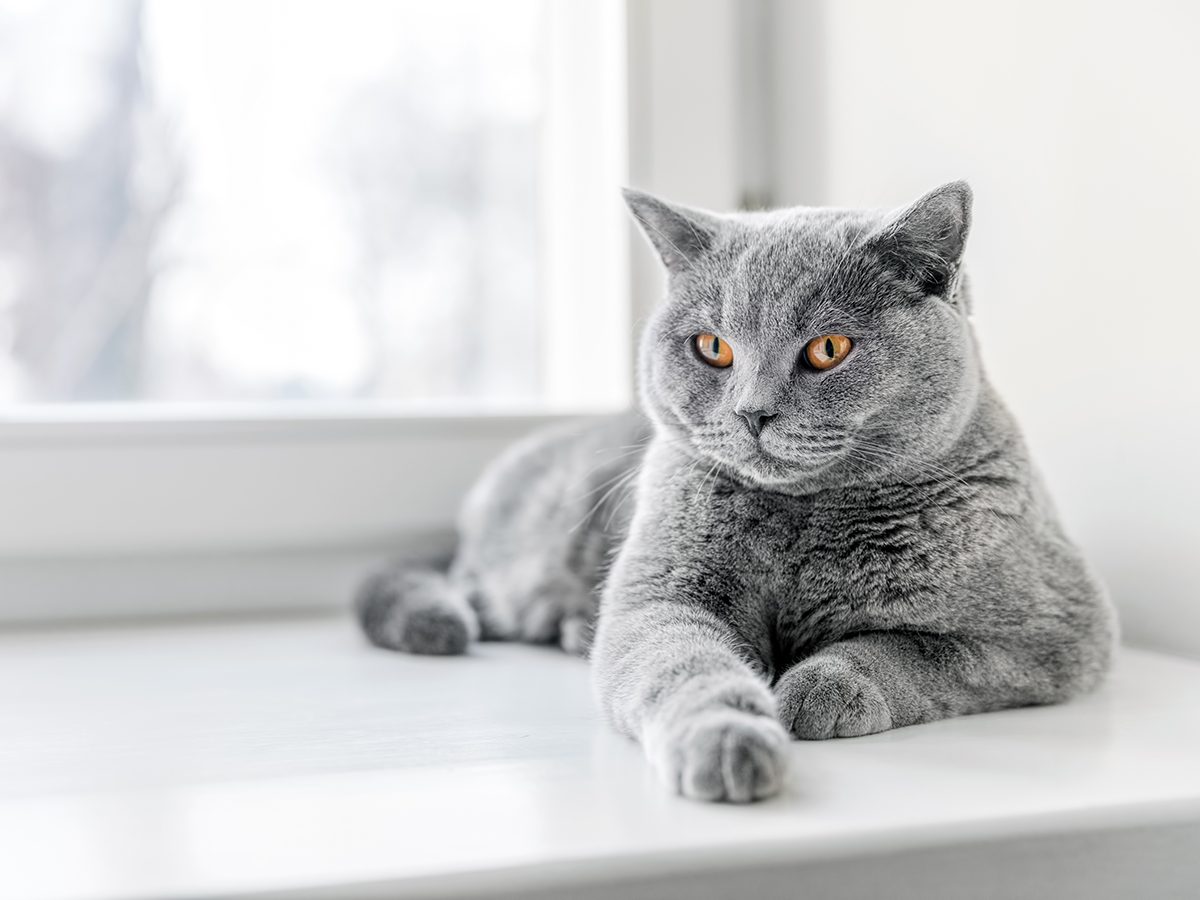
Best House Temperatures for Cats
Cats can tolerate warmer indoor temperatures, up to 30 C to 31 C. That’s uncomfortably warm for us but fine for them when you’re away at work all day, especially when the cat has fresh water available. Temperatures below 21 C will make it hard for a cat to maintain its natural body temperature, so turning the thermostat much below that in winter is not advised.
For older cats, kittens and hairless or short-haired breeds, consider investing in a heating pad specifically designed for pets. All About Cats Veterinary Hospital in Kirkland, Wash. warns to never to use a human heating pad for an animal, who might chew the cord and electrocute themselves. (Watch out for the signs it’s time to take your cat to the vet.)
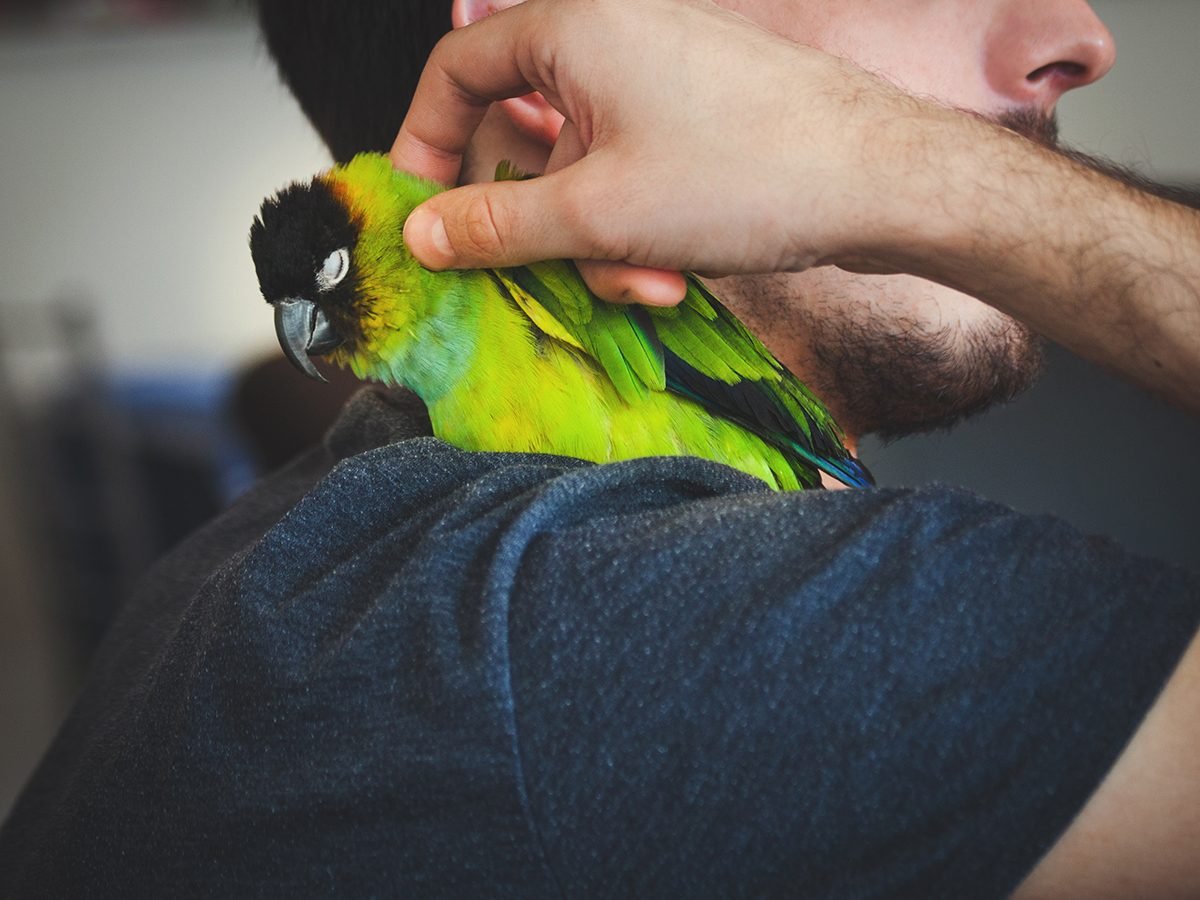
Best House Temperatures for Birds
Since most pet birds are tropical, they cannot tolerate low indoor temperatures. A cold bird will fluff its feathers, tuck its beak under a wing and sit down on its legs to try to keep warm. Year-round, indoor temperatures of 18 C and 29 C are best for your feathered friends.
Birds will eat more in the winter to keep their body temperature up, so make sure they have plenty of food at all times. They’ll also appreciate a blanket over their cage at night. (Check out our gallery of adorable pets from across Canada.)
Best House Temperatures for Fish
For most tropical fish, the water in the fish tank needs to be between 24 C and 26 C because they are sensitive to even the slightest temperature change. Even in a home where the thermostat is at 25 C in the summertime, you’ll probably need a heater in the tank to maintain a constant temperature. (This is the best pet for you, based on your zodiac.)
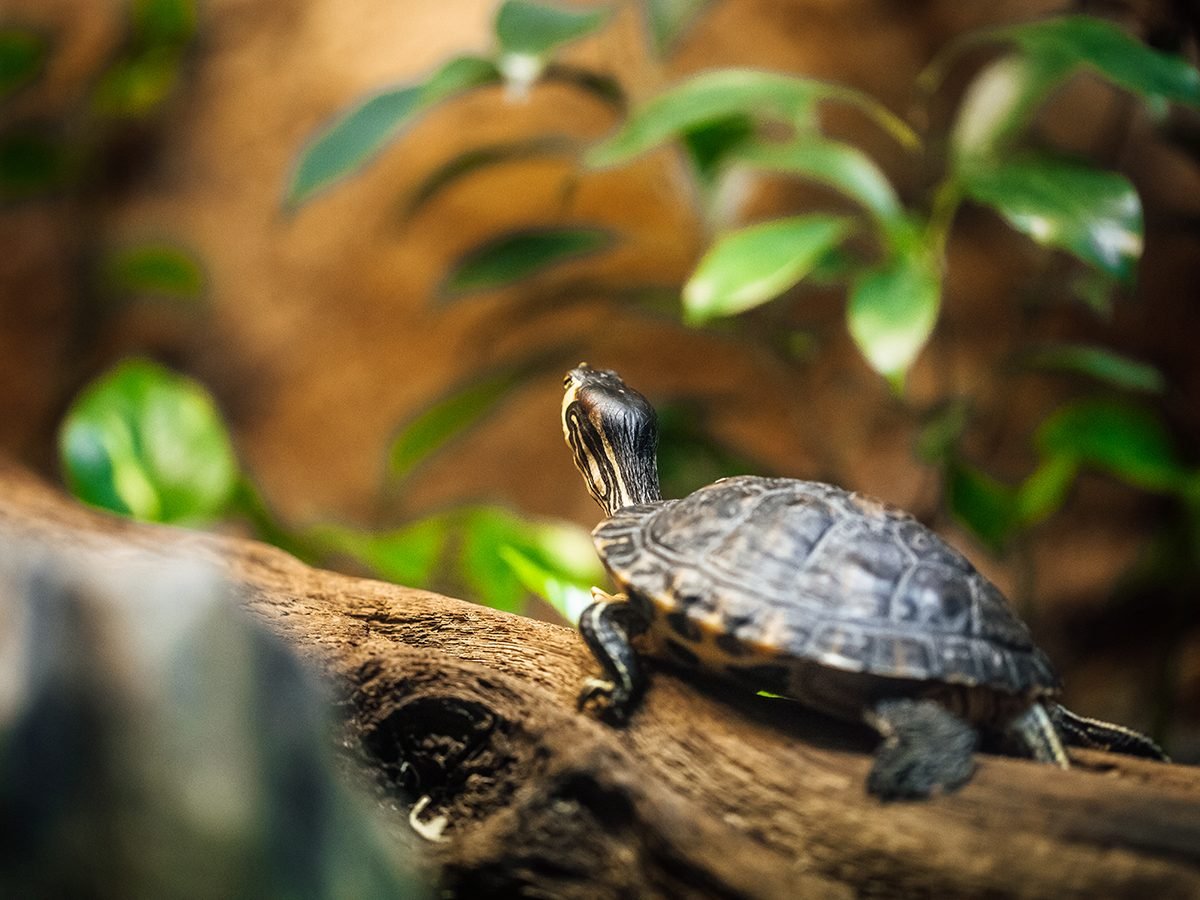
Best House Temperatures for Exotic Pets
Small mammals: According to the University of Miami Department of Biology, domestic rabbits cannot handle temperatures higher than 25 C. So if you keep a pet rabbit, there’s no turning up the thermostat while you’re away for the day in the summer. Bunnies can handle cooler temperatures, so feel free to turn the thermostat down in the winter. Hamsters and gerbils, on the other hand, can’t tolerate temperatures below 18 C or higher than 23 C.
Tortoises and aquatic turtles: PetSmart says that land-based turtles (tortoises) need a range of temperatures in their habitat, from a low of 18 C up to around 21 or 26 during the day, plus a “hot zone” where they can bask in temperatures up to 37 C to 40 C. Turtles that spend most of their lives in the water need a constant water temperature of 23 C to 30 C. That means they need a water heater, even in the summer.
Snakes and iguanas: Your reptilian friends need temperatures between 21 C and 29 C in their enclosures. Most require a basking area—typically created with a heat lamp or radiant heat panel—where they can soak up some heat for a few hours a day.
Next, check out these ways to help your pet live longer.
